Siemens Flashlights, batteries and acessories

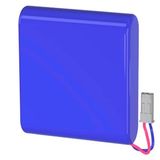

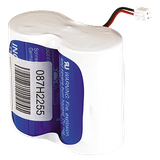
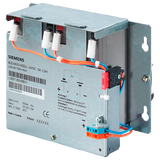
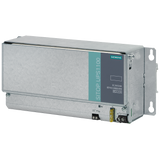


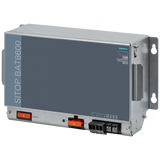
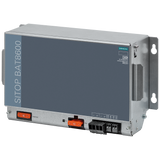
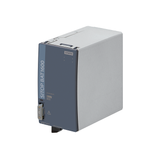

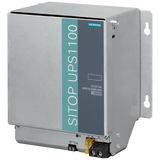


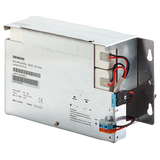

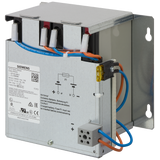
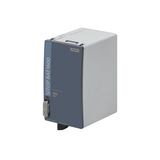
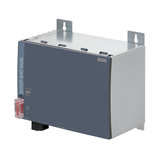
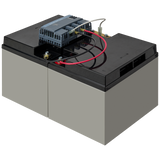

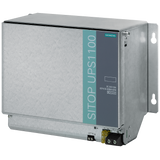
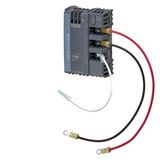
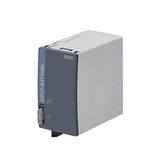
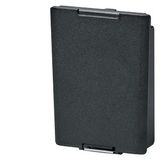

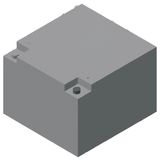

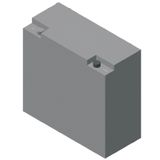
siemens flashlights and batteries overview for field crews
Built for maintenance, commissioning, and night shift callouts, Siemens lighting tools focus on dependable output, sealed housings, and charging systems that survive real job sites. Bodies use aluminum or reinforced polymer with textured grips, deep fins for thermal control, and positive-click switches you can operate with gloves. Optics pair total internal reflection with smooth reflectors for clean hotspots and wide spill—so you can read markings in a cabinet without washing out labels.
Product range and series breakdown
Compact pocket models cover routine inspection; mid-size work lights provide flood output for cabinets and MCC rooms; long-throw search heads serve yard checks and substation perimeters. Mounting choices include magnetic bases, belt clips, clip-on head straps, and DIN-rail dock chargers for service vans or panel rooms. Color temperatures are typically 4000–6000 K to balance contrast and visual acuity on wiring colors and engraved legends.
siemens led flashlights applications and beam control
Inspection tasks benefit from 300–600 lm with wide beams for close work, while outdoor patrols need 1000–2000 lm with candela-driven reach to identify equipment labels at distance. Secondary low modes (5–50 lm) preserve night vision for confined spaces and extended runtime during documentation or PLC diagnostics.
Other Siemens products
siemens rechargeable torches charging and runtime
Docking cradles accept 12/24 V DC vehicle buses or 100–240 V AC adapters; USB-C field charging is standard on service variants with sealed ports. Typical batteries are Li-ion 18650/21700 cells with protection, 3.6–3.7 V nominal, 3000–5000 mAh. Expect ≈2–4 h at high output and 10–40 h in economy modes; smart drivers hold regulated output until thermal limits demand step-down.
siemens flashlight accessories mounting and service kits
Accessory sets include magnetic shoes for steel panels, under-brim clips for hands-free tasks, silicone dust caps, colored diffusers for signaling, wrist lanyards for ladder work, and cradle plates sized to common van racking. Service kits add spare O-rings, lens windows, and switch boots for quick turnaround between shifts.
Technical specifications and standards
- Output metrics: ANSI/PLATO FL1 lumens, candela, and beam distance; strobe and beacon modes on incident-response models.
- Optics and color: 70–90 CRI options; 4000 K for high contrast on wiring, 5000–6500 K for yard visibility.
- Protection: IP54–IP68 by model; impact resistance IK07–IK09; 1–2 m drop to concrete.
- Thermal window: −20…+50 °C operation, storage −30…+60 °C; conformal-coated drivers resist moisture.
- Power and safety: Li-ion packs with UN38.3 transport compliance; cells tested to IEC 62133; charge electronics with reverse-polarity and thermal cutback; low-voltage cutoff protects cycle life.
- Photobiological safety: assessed to IEC/EN 62471 (RG0/RG1 typical).
- Electromagnetic compatibility: designed to avoid nuisance to radios used by maintenance teams; charging docks meet IEC 62368-1 where applicable.
Applications and compatibility for plant and utility users
Inside switchboards, medium output and wide beams reduce glare off busbar shrouds; for tunnel or yard patrol, higher candela cuts through dust or rain. In food and pharma, sealed buttons and smooth housings wipe down easily; choose clip-on diffusers to avoid specular highlights on stainless. For hands-busy tasks, pivoting work lights on magnets free both hands while keeping labels legible at 300–600 mm.
Integration with other Siemens products
Panel shops feed cradle chargers from 24 V DC rails with inrush-friendly supplies; status contacts on premium docks can report charge complete to a small I/O block for tool-control programs. Asset tags and QR codes tie devices to CMMS records alongside contactors, drives, and instruments; shared labeling avoids mix-ups between crews. For vehicle fleets, DC cradles wire to auxiliary circuits with fuse protection and ignition-sense so batteries top off during transit.
Selection criteria for B2B buyers
Start with the job profile: close-range inspection, cabinet flood, or perimeter search. Match lumen package and candela to task distance; check beam angles against enclosure sizes to avoid hotspots. Fix color temperature and CRI by environment—neutral white and ≥80 CRI help with conductor identification. Choose housing IP and impact class by area (IP65/IK08 for wet or rough zones). Confirm charging method (dock vs USB-C) and whether shared cradles are planned. Specify intrinsic-safety only where required; otherwise prioritize robust sealing and regulated output. When your spec lists fleet-level spares, include siemens battery packs with the same chemistry and connector so docks and runtime remain consistent across crews. For site-standard kits, a single line can cover siemens portable lighting needs spanning inspection pens, fold-out floods, and clip-on markers used during lock-out.
Advantages of working with Bankoflamps
We align lumen class, beam profile, IP/IK rating, and charging hardware to your method statements, then show live EU stock before outage windows are fixed. Quotes with EAN/MPN usually land in about an hour and include cradle counts, cable sets, and mounting plates so vehicle and panel installs are first-time-right. Your portal provides real-time lead times, shipment milestones, downloadable price lists, and purchase-history analytics. Approved clients can use post-payment up to 30 days. We consolidate by crew kit—commissioning, maintenance, or response—to cut freight and site sorting, hold pricing with validity dates across project phases, and support teams in France, the Baltics, Germany, Spain, Italy, Belgium, and the Netherlands with a named manager who cross-checks IP targets, runtime, charger supply, and accessory lists against your drawings and tool registers.